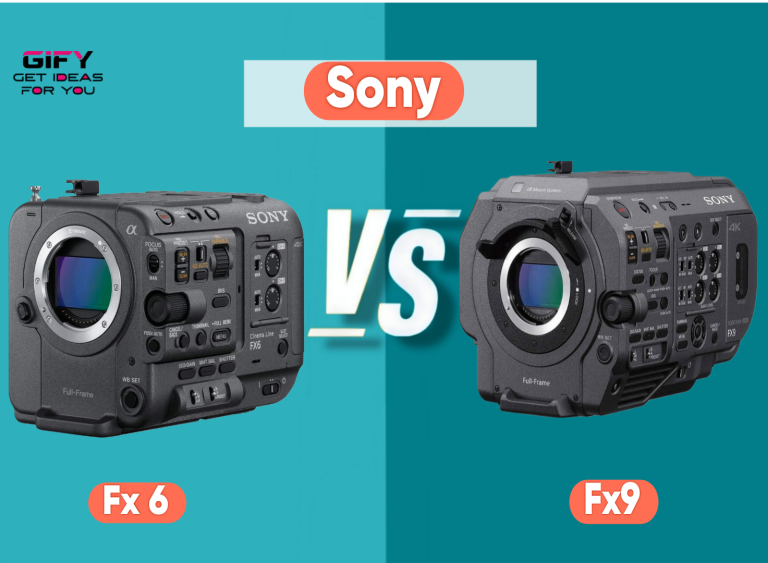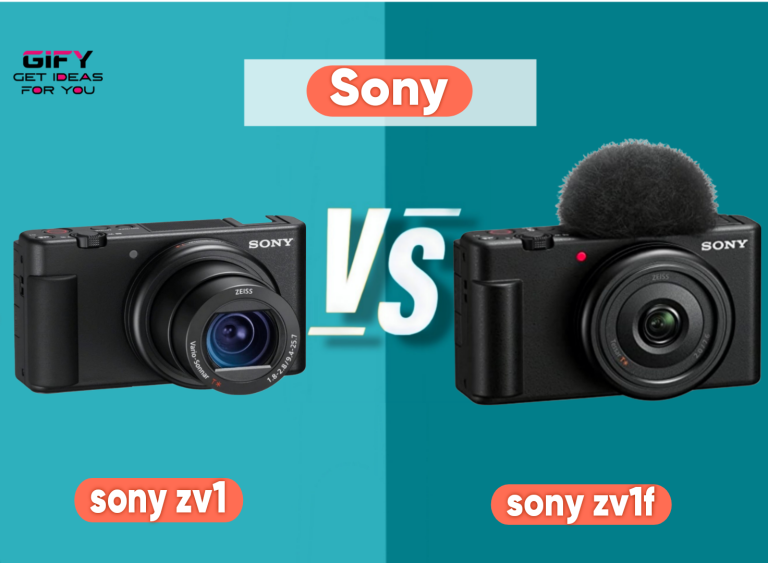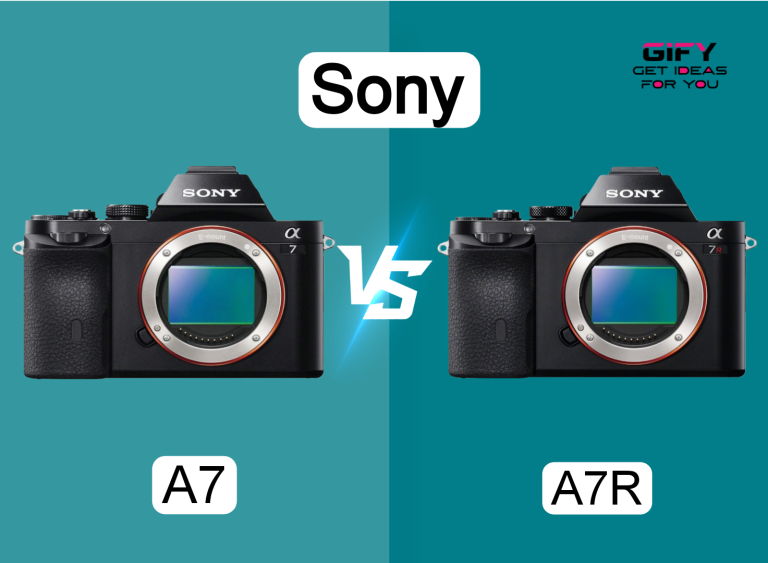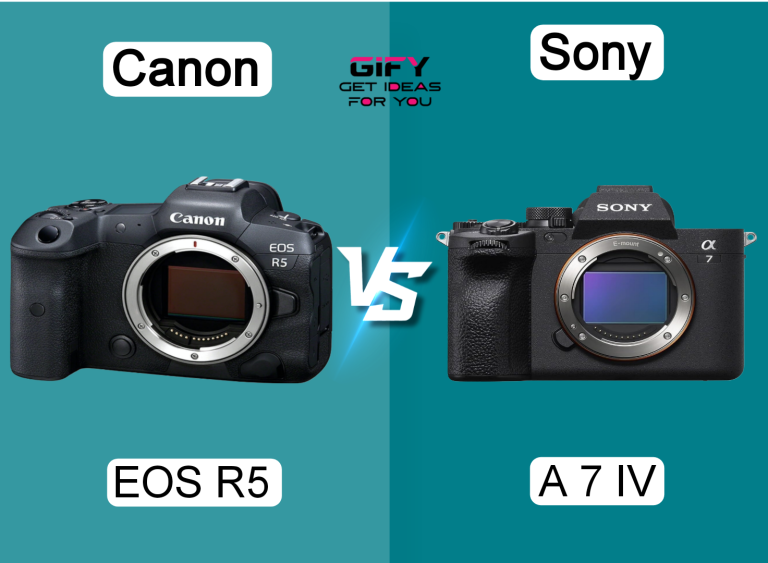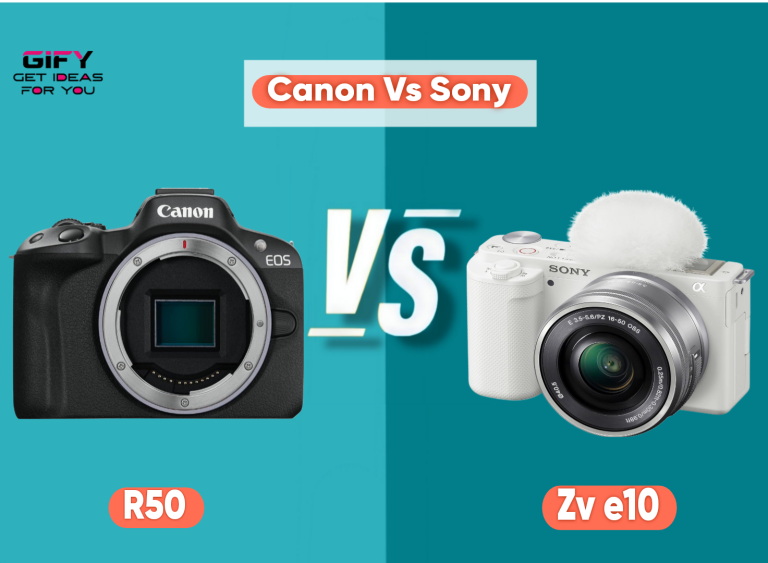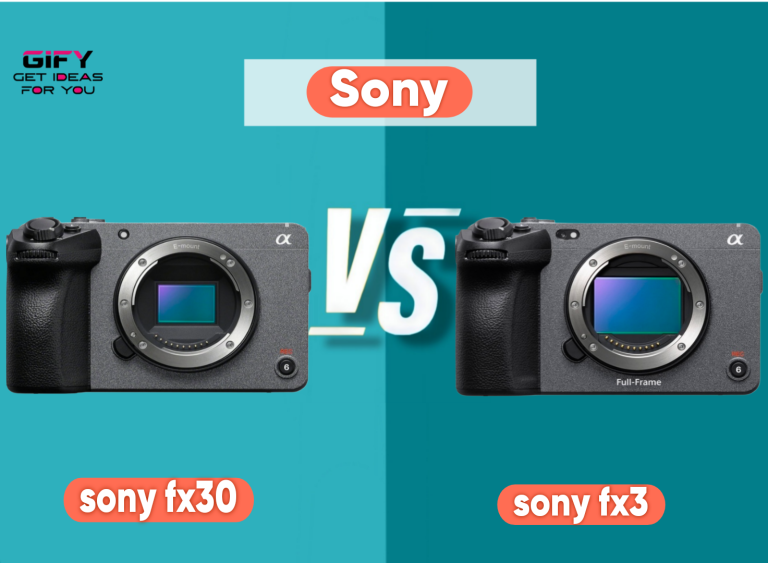Sony A1 vs A7RV has become the hottest debate among photography enthusiasts and professionals who crave precision, performance, and power in their hands.
Both cameras stand as masterpieces in Sony’s mirrorless lineup, but each caters to different creative needs. The Sony A1 is a true beast built for speed,
capturing breathtaking shots at lightning-fast bursts and delivering stunning 8K video quality. Its versatility makes it ideal for action, sports, and wildlife photographers who demand unmatched responsiveness.
On the other hand, the Sony A7R V dominates in resolution, offering mind-blowing detail and clarity with its 61-megapixel full-frame sensor. It’s a dream machine for landscape, portrait, and studio photographers who prioritize image depth and dynamic range.
The battle of Sony A1 vs A7R V isn’t just about megapixels or frame rates—it’s about how each camera empowers creativity and enhances storytelling. From AI-driven autofocus to next-gen image stabilization, both models redefine what’s possible in professional photography.
Choosing between them depends on your artistic goals and shooting style. Let’s dive deep into this power-packed comparison and uncover which Sony camera truly deserves the spotlight in your gear collection.
Sony A1 vs A7R V: Mirrorless Camera.
Sony A1 vs A7R V has become one of the most discussed comparisons among photographers in 2025. Both cameras stand at the top of Sony’s mirrorless lineup, offering high-end performance, professional features, and stunning image quality.
Yet, they serve different creative needs. The Sony A1 focuses on speed and precision, while the Sony A7R V emphasizes resolution and detail. Let’s explore each camera closely and find out which one suits your photography style better.
Sony A1 : Full-frame Interchangeable Camera.
Product Details
The Sony A1 comes with a 50.1MP full-frame stacked Exmor RS CMOS sensor that delivers high-quality images with incredible clarity. It features the next-generation BIONZ XR processor, which is eight times faster than the previous version.
This speed allows smooth performance even during high-burst shooting. The camera offers blackout-free shooting at up to 30 frames per second, making it perfect for sports, wildlife, and action shots. Its electronic viewfinder is one of the best,
with a 9.44 million-dot OLED EVF and a 240Hz refresh rate. The A1 also introduces the world’s first anti-flicker feature for both mechanical and electronic shutters, giving photographers consistent lighting results.
Features
- 50.1MP full-frame stacked Exmor RS CMOS sensor
- Next-generation BIONZ XR image processing engine
- Blackout-free continuous shooting at 30fps
- 9.44M dot OLED EVF with 240Hz refresh rate
- Anti-flicker mode for mechanical and electronic shutters
What is the Good?
The Sony A1 shines with its unmatched speed and accuracy. The burst shooting rate captures fast action without missing a moment. The EVF provides a crystal-clear, lag-free view, which helps photographers track subjects with confidence.
Its color accuracy and low-light performance are also impressive. Professionals love the balanced mix of high resolution and blazing speed. The build quality feels premium and durable, ideal for heavy use in the field.
What is the Bad?
The biggest concern with the Sony A1 is its high price, which might not suit every budget. Battery life could be better for long events or outdoor shooting. The menu system feels complex for beginners,
and the camera body is heavier compared to other Sony models. These small drawbacks don’t affect performance but may matter for photographers who travel light.
Overall Opinion
The Sony A1 stands as a dream camera for professionals who need speed, power, and precision in one body. It performs perfectly for sports, wildlife, and event photography.
Those who prioritize fast performance and reliability will find the A1 worth every penny. Its advanced technology and superior autofocus make it a true flagship model in Sony’s lineup.
Sony A7R V : Full-Frame Mirrorless Interchangeable Lens Camera.
Product Details
The Sony A7R V is built for photographers who crave detail and clarity. It features a 61.0MP full-frame back-illuminated Exmor R CMOS sensor, delivering incredibly sharp images.
The new AI processing unit brings next-level autofocus with deep learning technology. It recognizes subjects such as humans, animals, and even vehicles with high precision.
The BIONZ XR engine offers up to eight times faster processing, improving speed and efficiency. For video creators, the A7R V supports 8K at 24p/25p and 4K at 60p, giving flexibility for both photography and filmmaking.
Features
- 61.0MP full-frame back-illuminated Exmor R CMOS sensor
- AI-driven Real-time Recognition autofocus
- Next-generation BIONZ XR image processor
- 8K 24p/25p and 4K 60p video recording
- New AI processing unit for improved subject tracking
What is the Good?
The Sony A7R V captures incredible detail and dynamic range, making it ideal for landscape and portrait photography. The AI autofocus performs smoothly and tracks subjects accurately.
The high resolution allows heavy cropping without losing quality. Video shooters will enjoy the camera’s 8K capability, which delivers cinematic results. The tilting touchscreen and improved stabilization make it easier to shoot from creative angles.
What is the Bad?
The large image files take up more storage and require powerful computers for editing. Continuous shooting speed is slower than the A1, making it less suitable for sports or fast action. The price is still high for casual users, though more affordable than the A1. Some users may also find 8K video unnecessary for basic projects.
Overall Opinion
The Sony A7R V focuses on detail, resolution, and intelligence. It’s the right choice for photographers who prioritize quality over speed. The combination of advanced autofocus and 61MP resolution makes it perfect for portraits, landscapes, and studio work. The camera feels refined, balanced, and built for precision in every shot.
Detailed Comparison: Sony A1 vs A7RV
Sony A1 vs A7RV offers two different styles of performance. The A1 wins in speed and action, while the A7R V wins in detail and intelligence. The A1’s 50.1MP sensor delivers clear and bright photos with less noise,
while the A7R V’s 61MP sensor brings out extreme detail. For video creators, both cameras support 8K recording, but the A1 handles fast-moving subjects better due to its faster burst rate. The A7R V’s AI autofocus system feels smarter and more adaptive, especially for portraits.
The A1 has a stronger viewfinder and higher refresh rate, giving a smoother experience during shooting. Both cameras deliver stunning image quality, but your choice depends on what you shoot most. Action photographers will love the A1, while creative and landscape photographers will prefer the A7R V.
📌 Read More Related Articles.
- Sony A7III vs A7IV: 1 Brutal Comparison That Exposes the Truth
- Panasonic GH5S vs Sony A7SII: The Ultimate Power Showdown for Filmmakers.
FAQs
Which is better for action shots?
The Sony A1 performs better for action photography because of its faster burst rate and blackout-free shooting at 30fps.
Which camera is better for portraits?
The Sony A7R V is the better choice for portraits because of its higher 61MP resolution and advanced AI autofocus tracking.
Can both cameras shoot 8K video?
Yes, both Sony A1 and A7R V can record 8K video, though the A1 handles fast movement more effectively.
Which one is more affordable?
The Sony A7R V is more affordable compared to the A1, making it a better choice for photographers who want high quality without paying flagship prices.
Who should buy the Sony A1?
Professional photographers who need fast speed, quick autofocus, and excellent low-light performance should go for the Sony A1.
Conclusion
The comparison of Sony A1 vs A7R V shows that both are powerful cameras designed for different users. The A1 leads in speed and versatility, while the A7R V leads in detail and AI intelligence. For sports and fast action, the A1 stands strong.
For landscapes, portraits, and fine art, the A7R V shines brightest. Your choice depends on what type of photography brings out your passion. Both cameras promise quality, reliability, and the true spirit of professional image making.




